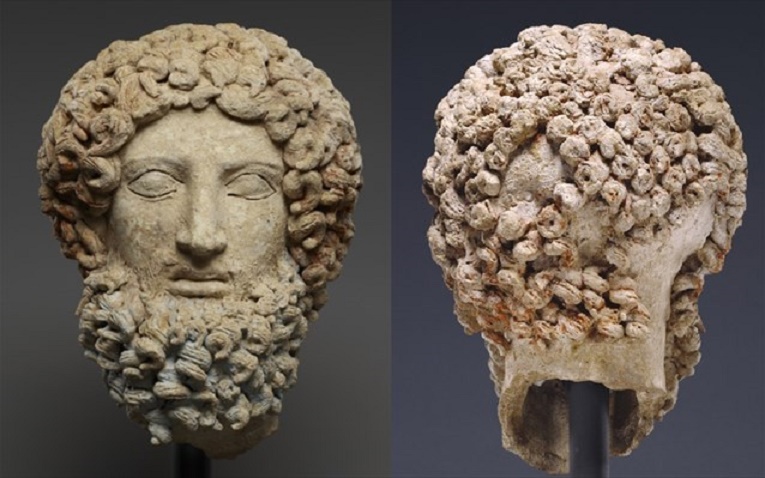The Great London:
USA
Travel: 'From Ancient to Modern: Archaeology and Aesthetics' at New York University’s Institute for the Study of the Ancient World

Palaeontology: First extensive wildfires occurred significantly later than previously thought

Southern Europe: Getty Museum returns head of Greek statue to Italy

Turkmenistan: 'Court and Cosmos: The Great Age of the Seljuqs' at the Metropolitan Museum New York

UK: Replicas of Palmyra arch to go on show in London, NY

Travel: 'Ancient Egypt Transformed: The Middle Kingdom' at Metropolitan Museum of Art, New York

North America: Site with clues to fate of fabled Lost Colony may be saved

North America: Archaeologists piece together how crew survived 1813 shipwreck in Alaska
